Dive into the heart of peace with “English Plus Podcast.” Join host Danny as he explores the vibrant tapestry of cultural diversity, highlighting its crucial role in fostering global harmony. From embracing differences to finding unity in diversity, this episode offers a thought-provoking journey towards a more peaceful world.
Episode Audio
Episode Interactive Transcript
Episode Transcript
Part 1 — The Role of Cultural Diversity in Fostering Peace
Welcome to English Plus Podcast! I’m your host, Danny, and today, we’re embarking on a unique journey, a journey that spans across continents, cultures, and communities. This is the latest installment in our series, “Peace by Peace: A 24-Step Journey to Global Harmony.” Our focus today? “Celebrating Diversity: Unity in Cultural Plurality.”
Let’s start by imagining a world where every morning greets us with the same sunrise, the same birdsong, and the same breakfast. Sounds pretty monotonous, right? Now imagine a world rich with different sunrises, myriad birdsongs, and a kaleidoscope of breakfasts – from the spicy aromas of Indian masala dosa to the comforting warmth of American pancakes. This is the world we live in, a world beautifully woven with threads of diverse cultures, each adding its unique hue to the tapestry of humanity.
But why is this diversity so important for peace? Well, think about it. When we recognize and celebrate our differences, we open doors to understanding, empathy, and respect. It’s like attending a global potluck, where every dish tells a story, every flavor opens a chapter of someone’s heritage. By appreciating these differences, we’re not just enjoying a feast for the senses; we’re building bridges of peace.
Let’s travel through history for a moment. The Silk Road, not just a trade route, but a highway of cultural exchange, where ideas, languages, and customs flowed as freely as the silk and spices. This fusion didn’t dilute cultures; rather, it enriched them. It showed us that when cultures intertwine, they create something stronger, something more resilient.
But it’s not just about looking back; it’s about moving forward. Today, our world is more interconnected than ever. With a click, we can virtually visit any corner of the globe. This digital era offers us an unprecedented opportunity to understand and celebrate our global neighbors. It’s like having the world’s greatest cultural festival at our fingertips!
Now, let’s talk about language, a key ingredient in the stew of cultural diversity. Language is not just about words; it’s about perspectives, worldviews. When we learn a new language, we’re not just memorizing vocabulary; we’re embracing a new way of seeing the world. It’s like putting on a new pair of glasses and suddenly, everything looks different.
But, embracing cultural diversity isn’t always a walk in the park. It requires effort, understanding, and sometimes, a bit of humor. Ever tried explaining why knocking on wood is supposed to ward off bad luck? Or why saying “bless you” after a sneeze is a thing? These quirky traditions, when shared, can lead to some good laughs and, more importantly, a deeper connection.
Now, let’s touch upon a crucial aspect – education. Schools around the world are melting pots of cultures. When children learn about each other’s traditions, they’re not just learning facts; they’re learning respect. They’re learning that the kid next to them might celebrate different festivals, wear different clothes, but shares the same dreams, fears, and joys.
In conclusion, cultural diversity isn’t just about tolerance; it’s about celebration. It’s about understanding that each culture, each tradition, adds a unique flavor to the recipe of humanity. And when we appreciate these flavors, we create a world where peace isn’t just a dream, but a delicious reality.
Now, don’t go anywhere, because we’re about to spice things up in our next segment, “Word Power.” We’ll delve into the fascinating world of keywords that help us navigate the complex yet beautiful realm of cultural diversity. So, stay tuned, and I’ll be right back!
Part 2 — Word Power
Welcome back to English Plus Podcast! I’m your host, Danny, and now we’re diving into a segment that’s all about enriching your vocabulary and understanding: “Word Power.” Today, we’re going to explore ten key phrases and words from our discussion on cultural diversity and peace.
Let’s start with ‘cultural diversity.’ This phrase is the heartbeat of our topic. Cultural diversity refers to the variety of cultures and ethnic groups within a society. It’s like a garden with different flowers; each unique but together creating a beautiful landscape.
Next up is ‘global harmony.’ This term paints a picture of a world where different countries and cultures coexist peacefully and cooperatively. It’s not just about avoiding conflict, but actively working together for the common good.
Now, let’s talk about ‘unity in cultural plurality.’ This phrase might seem like a mouthful, but it’s quite straightforward. It emphasizes unity among people from diverse cultural backgrounds. Imagine a mosaic, where each piece is distinct yet part of a larger, cohesive picture.
Moving on, ‘celebrating differences’ is a key phrase. It’s about embracing and appreciating the unique qualities and customs of various cultures. It’s not just tolerating differences, but joyfully acknowledging and learning from them.
‘Empathy’ is a word that’s crucial for peace. It means the ability to understand and share the feelings of another. Empathy is like walking in someone else’s shoes, seeing the world through their eyes.
Another important term is ‘interconnected.’ In the context of our global society, it refers to how countries and cultures are linked and affect each other. It’s the web of relationships that spans the globe.
The ‘Silk Road’ isn’t just a historical term. It symbolizes the exchange of goods, ideas, and culture between different civilizations. Think of it as an ancient internet, connecting East and West.
‘Digital era’ is a phrase that defines our current age, where information technology and the internet play a significant role in communication and global connectivity. It’s like a digital bridge linking different corners of the world.
‘Language’ in our discussion goes beyond just a system of communication. It’s a window into a culture’s worldview, traditions, and values. Learning a new language can be like opening a door to a new dimension of understanding.
Lastly, ‘education’ here doesn’t just mean formal schooling. It encompasses the broad process of learning about and understanding diverse cultures, which is key to fostering peace and unity.
As we wrap up this segment, remember that these words and phrases are more than vocabulary; they’re tools for understanding and building a more harmonious world.
And speaking of building, don’t go anywhere because up next is our “Action Time” segment. We’ll be discussing practical Action Points or Real-Life Applications of today’s topic on cultural diversity and peace. Stay tuned, and let’s put our learning into action!
Part 3 — Action Time
Welcome back to English Plus Podcast, and thank you for joining us in this insightful journey. I’m Danny, and now it’s time for our “Action Time” segment, where we translate our discussion on cultural diversity and peace into real-life applications.
First, let’s talk about the personal realm. One actionable step is to actively engage with different cultures through food. Yes, food! It’s a delicious and approachable way to explore other cultures. Why not host an international potluck dinner where friends bring dishes from their cultural backgrounds? This not only tantalizes your taste buds but also opens up conversations about traditions and histories tied to these culinary delights.
Next, consider language learning. With today’s technology, learning a new language is more accessible than ever. By learning a new language, you’re not just adding a skill; you’re opening a gateway to understanding a new culture deeply. This could be through apps, online courses, or local language exchange meetups.
In the community, participating in cultural festivals and events is a fantastic way to immerse yourself in diversity. These events are often vibrant, full of music, dance, and art, showcasing the rich tapestry of different cultures. They provide a hands-on experience and understanding of the customs and traditions of various communities.
In the digital realm, curate your social media to include content from different parts of the world. Follow pages and channels that showcase stories, art, and news from diverse cultures. This broadens your perspective and keeps you informed about the wider world.
In schools and workplaces, organizing workshops and seminars on cultural sensitivity and diversity can be highly effective. These sessions can educate people about the importance of inclusiveness and respect for cultural differences.
For families, introducing children to books and movies from different cultures can be a fun and educational way to teach them about diversity. It’s about making cultural exploration a natural part of growing up.
Lastly, travel, when possible, is a profound way to experience cultural diversity firsthand. It’s not just about seeing new places but about engaging with the people, learning about their way of life, and understanding their perspectives.
Remember, every small step towards embracing cultural diversity is a step towards a more peaceful and harmonious world.
And now, as we move forward, stay tuned for our next segment, “Frequently Asked Questions.” We’ll delve into the Commonly Asked Questions about cultural diversity and peace, addressing your curiosities and clarifying any doubts. So don’t go anywhere; we’ll be right back with more insights!
Part 4 — Frequently Asked Questions
Welcome back to English Plus Podcast, where we’re all about deep dives into fascinating topics. I’m Danny, and this segment is dedicated to your Frequently Asked Questions about cultural diversity and peace. Let’s get right into it.
One common question is, “How can I respectfully learn about a culture that’s not my own?” The key here is respectful curiosity. Start by reading books and watching documentaries made by people from that culture. Attend cultural events open to the public and, if possible, make friends from different backgrounds. Remember, it’s about approaching with an open mind and heart, ready to learn and not to judge.
Another question that pops up is, “Can cultural diversity lead to misunderstandings?” Absolutely, differences in communication styles, traditions, and values can lead to misunderstandings. But, this shouldn’t discourage us. Instead, it should motivate us to learn and adapt. Misunderstandings can be opportunities for dialogue and growth, helping us to bridge gaps and deepen mutual understanding.
A lot of people also ask, “How can I teach my children to appreciate cultural diversity?” Children are naturally curious, so use that to your advantage. Introduce them to books, music, and films from various cultures. Encourage them to ask questions and express their thoughts. Also, if possible, let them interact with peers from diverse backgrounds. These experiences can be both fun and educational, helping to shape open-minded and empathetic individuals.
Then there’s the question, “Is it possible to fully understand another culture?” To be honest, it’s challenging to fully understand a culture that’s not your own. There are nuances and depths that might always remain a bit elusive. However, the goal isn’t complete understanding but appreciation and respect for the diversity that each culture brings to the human experience.
Another frequent question is, “Does cultural diversity only refer to national or ethnic cultures?” Cultural diversity extends beyond just national or ethnic lines. It includes subcultures within a society, like regional, linguistic, or even professional cultures. The diversity within a country can be as rich and complex as the diversity between countries.
People often ask, “How can businesses benefit from cultural diversity?” Diverse teams in businesses bring a variety of perspectives, which can lead to more innovative solutions and better problem-solving. Plus, a culturally diverse workforce can better understand and cater to a global customer base, leading to improved customer relations and business opportunities.
A pertinent question is, “How does cultural diversity affect communication?” Different cultures have different communication styles. Some might be more direct, while others rely heavily on context. This diversity can lead to richer, more varied interactions, but it can also lead to misunderstandings. The key is to be aware of these differences and adapt communication styles accordingly.
Then, there’s the question, “Can cultural diversity impact conflict resolution?” Yes, different cultures have different approaches to conflict and negotiation. Understanding these approaches can be crucial in resolving conflicts effectively, whether in personal relationships or in international diplomacy.
Another thoughtful question is, “How can traveling contribute to understanding cultural diversity?” Travel exposes us to different ways of life, challenging our preconceptions and broadening our perspectives. It allows us to see the world from different angles, fostering empathy and appreciation for other cultures.
Lastly, “How can we maintain our cultural identity while embracing diversity?” Embracing cultural diversity doesn’t mean abandoning your culture. It’s about balance – celebrating your own heritage while respecting and appreciating others’. It’s possible to be proud of your roots while being open to the beauty of other cultures.
These questions highlight the complexity and richness of cultural diversity and its role in fostering peace. But as we explore this topic, it’s also important to clear up any misconceptions.
So, stay tuned for our next segment, “Myth Buster,” where we’ll tackle some common misconceptions and myths about cultural diversity and peace, and separate fact from fiction. This is going to be an enlightening one, so don’t go anywhere!
Part 5 — Myth Buster
Welcome back to English Plus Podcast, and it’s time to bust some myths! I’m Danny, and in this segment, we’re going to unravel common misconceptions about cultural diversity and peace. Let’s dive right in.
One of the biggest myths is that “cultural diversity leads to more conflicts.” It’s easy to think that differences lead to disagreements, but this isn’t necessarily true. In fact, when managed well, cultural diversity often fosters creativity, innovation, and better problem-solving. It’s not the diversity itself that causes conflict, but rather how we handle and understand it.
Another myth is that “embracing cultural diversity means losing your own cultural identity.” This couldn’t be further from the truth. Embracing diversity isn’t about forsaking your own culture; it’s about respecting and learning from others while valuing your own heritage. Think of it as adding more colors to your palette without losing your favorite shades.
There’s also a misconception that “cultural diversity is only about race and ethnicity.” In reality, it encompasses much more, including language, religion, lifestyle, and even professional and regional cultures. It’s a broad concept that covers all the ways in which we are different and unique.
Many believe that “cultural diversity is a modern concept.” Not at all. Cultural diversity has been a part of human history since time immemorial. Ancient trade routes like the Silk Road are testament to how cultures have been interacting and influencing each other for centuries.
A common misunderstanding is that “all members of a particular culture are the same.” This is a huge oversimplification. Every culture is diverse within itself, with individuals having their own beliefs, practices, and experiences. It’s like saying every song in a genre sounds the same, which we know isn’t true.
Some think that “cultural diversity makes communication more difficult.” While diverse backgrounds can pose communication challenges, they also enrich communication by bringing in different perspectives. Effective communication in diverse settings often leads to more comprehensive and inclusive discussions.
A prevalent myth is that “children exposed to multiple cultures get confused.” In fact, children who grow up with exposure to different cultures often develop greater empathy, better problem-solving skills, and adaptability. They’re more likely to become well-rounded adults with a broad understanding of the world.
Another myth is that “cultural diversity is irrelevant in homogenous societies.” Even in seemingly homogenous societies, there’s often more diversity than meets the eye. Plus, globalization means that even these societies interact with diverse cultures through various channels.
It’s often believed that “in order to appreciate another culture, you must agree with all aspects of it.” Not true. Appreciating a culture doesn’t mean you have to agree with everything about it. It’s about understanding and respecting it as a valid way of life, even if it’s different from your own.
Lastly, the myth that “cultural diversity is just a political or social concept.” Cultural diversity is much more than a concept; it’s a lived reality that impacts economics, education, politics, and personal relationships. It’s a fundamental aspect of our increasingly interconnected world.
So there you have it, ten myths thoroughly debunked! Understanding these misconceptions helps us appreciate the true value of cultural diversity in building a peaceful world.
Up next, we’ll shift gears to our “In Real Life” segment, where we’ll explore real-life examples that highlight the impact and importance of cultural diversity and peace. These stories will bring our discussion to life, so stay tuned!
Part 6 — In Real Life
Welcome back to English Plus Podcast. I’m your host, Danny, and in this segment, “In Real Life,” we’re going to look at some real-world examples that bring our discussion about cultural diversity and peace to life.
Let’s start with a story from a small town in Canada. Imagine a community where every year, they host an international cultural festival. Here, people from various backgrounds – Indian, Chinese, Nigerian, Russian, and more – set up stalls showcasing their traditional foods, music, and crafts. It’s not just a feast for the senses; it’s an education. Children and adults alike learn about different cultures in a fun, engaging environment. This festival has become a beloved tradition, fostering a sense of unity and appreciation for diversity among the town’s residents.
Now, let’s travel to a school in Sweden known for its multicultural student body. In this school, teachers integrate lessons about different cultures into their curriculum. They celebrate international days, where students can wear traditional clothes from their cultures and share stories about their heritage. The school also encourages language exchange programs. The result? Students grow up with a deep understanding and respect for different cultures, becoming ambassadors of peace and tolerance.
Moving over to the corporate world, consider a tech company in Silicon Valley that prides itself on its culturally diverse workforce. They have employees from over 50 countries, bringing a wide array of perspectives to the table. This diversity has led to innovative solutions and products that cater to a global market. The company also organizes cultural sensitivity workshops, ensuring that all employees feel valued and understood. This not only enhances teamwork but also creates an inclusive workplace where everyone feels they belong.
In the realm of personal experiences, let’s talk about Maria, a nurse in a multicultural neighborhood in London. Every day, she interacts with patients from different cultural backgrounds. To provide the best care, Maria has learned basic phrases in several languages and familiarized herself with various cultural norms and health beliefs. Her efforts have not only improved patient care but also built trust and respect within the community.
Another heartwarming example comes from a neighborhood in New York City, where residents from diverse backgrounds came together to create a community garden. This garden became more than just a place to grow vegetables; it became a space for cultural exchange. People shared gardening techniques from their home countries, learned from each other, and built strong neighborly bonds.
These stories from Canada, Sweden, Silicon Valley, London, and New York City illustrate how cultural diversity, when embraced, leads to richer, more harmonious communities. They show us that every interaction, every shared experience, is an opportunity to foster peace and understanding.
Conclusion
And that brings us to the close of today’s episode on English Plus Podcast. I’m Danny, and it’s been a privilege to take you on this journey through the vibrant world of cultural diversity and its role in fostering peace.
Before we part ways, I have a small but significant request for all our listeners. If you found today’s episode enlightening and enjoyable, please consider supporting English Plus Podcast. How, you ask? It’s simple! Start by following our podcast and sharing it with your family and friends. Your shares and follows are more than just numbers; they’re a way to spread knowledge and insight, and they help build our wonderful community.
But if you want to take your support to the next level, consider becoming a patron on Patreon. Your support as a patron is not just a contribution; it’s a statement that you believe in the power of learning and the importance of understanding our diverse world. It’s your support that makes this podcast possible, that keeps us going, and allows us to bring more content your way.
Remember, every bit of support, whether it’s a follow, a share, or a Patreon pledge, makes a huge difference. It keeps the spirit of learning and cultural exploration alive and thriving.
So, to all our listeners out there, thank you. Thank you for tuning in, for your curiosity, and for your continued support. It’s because of listeners like you that we can journey together through topics that matter, topics that bring us closer as a global community.
Stay curious, stay open-minded, and let’s continue to learn and grow together. Until next time on English Plus Podcast, keep exploring, keep learning, and keep sharing the joy of understanding and peace. I will see you next time!
More Discussion Questions
How do you think cultural diversity contributes to peace in a community or society?
Cultural diversity contributes to peace by fostering mutual understanding and respect. When communities acknowledge and celebrate their differences, it leads to a reduction in prejudices and stereotypes. For instance, in multicultural cities, events like cultural festivals promote interactions between diverse groups, leading to stronger social bonds and a shared sense of community. These interactions demystify ‘the other,’ reducing fear and misunderstanding, which are often at the root of conflict.
Can you share a personal experience where understanding a different culture led to a positive outcome?
I recall a time when I worked on a project with a team from different cultural backgrounds. Initially, there were misunderstandings due to different communication styles. However, as we learned more about each other’s cultures, we found that our diverse perspectives brought creativity and innovation to the project. This experience taught me that understanding and embracing cultural differences can lead to more effective and harmonious collaboration.
In what ways can language act as a bridge between different cultures?
Language is a powerful tool for connecting cultures. It’s not just about words and grammar but the cultural nuances and expressions unique to each language. When you learn a new language, you gain insights into the way people from that culture think, feel, and view the world. For example, bilingual education programs have shown great success in bridging cultural gaps among students from different backgrounds, fostering a more inclusive and understanding environment.
How can businesses and workplaces leverage cultural diversity for better teamwork and innovation?
In a business context, cultural diversity can be a significant asset. Diverse teams bring a variety of perspectives to problem-solving, leading to more innovative solutions. For example, companies like Google and IBM prioritize diversity in their teams, which has been crucial to their success in global markets. They also provide cultural competency training to their employees, ensuring a workplace environment that respects and values diversity.
What are some effective strategies to teach children about the importance of embracing cultural diversity?
Teaching children about cultural diversity involves both education and exposure. Schools can incorporate multicultural content in their curriculum, helping children understand and appreciate different cultures. Parents can also play a role by exposing their children to various cultural experiences, like attending cultural festivals, trying different cuisines, or reading books from different parts of the world. This early exposure helps children develop open-mindedness and respect for diversity from a young age.
How does cultural diversity enrich our personal lives and communities?
Cultural diversity enriches our lives by exposing us to a wide range of perspectives and experiences. It can broaden our understanding of the world and enhance creativity and empathy. In communities, diversity fosters a vibrant social fabric with a variety of cultural expressions, from food and music to art and festivals. This richness adds depth and color to our everyday experiences, making our lives more interesting and fulfilling.
What challenges can arise from cultural diversity, and how can they be addressed?
Cultural diversity can lead to challenges such as miscommunication, cultural misunderstandings, or even conflict. However, these challenges can be addressed through education and open dialogue. Cultural sensitivity training, language classes, and community dialogues can help individuals understand and respect differences. Additionally, creating inclusive policies and practices in institutions and workplaces can ensure that diversity is not just tolerated but celebrated.
In what ways does travel contribute to our understanding of cultural diversity?
Travel plays a significant role in enhancing cultural understanding. It allows individuals to immerse themselves in different cultures, witnessing firsthand the lifestyles, traditions, and values of other communities. This firsthand experience helps break down stereotypes and misconceptions, replacing them with a nuanced appreciation of cultural differences. For example, someone who travels to Japan may gain a deeper understanding of the concepts of respect and community integral to Japanese culture, which can be quite different from their own cultural norms.
How can social media and digital platforms be used to promote a better understanding of different cultures?
Social media and digital platforms can be powerful tools for promoting cultural understanding. They allow for the sharing of cultural content on a global scale, from traditional music and dance to cultural ceremonies and stories. Online forums and social media groups can facilitate discussions and interactions among people from diverse backgrounds, providing a space for cultural exchange and learning. For instance, platforms like YouTube have channels dedicated to explaining different cultures, which can be an accessible way for individuals to learn about and appreciate global diversity.
What role do governments and policies play in promoting cultural diversity and peace?
Governments play a crucial role in promoting cultural diversity and peace through policies and initiatives. They can implement educational policies that include multicultural content in school curricula, support cultural exchange programs, and fund community projects that promote diversity. Additionally, governments can enact anti-discrimination laws and create platforms for intercultural dialogue. For example, in countries like Canada, multiculturalism is a government policy, which has helped create a society where diversity is not just accepted but celebrated as a national strength.



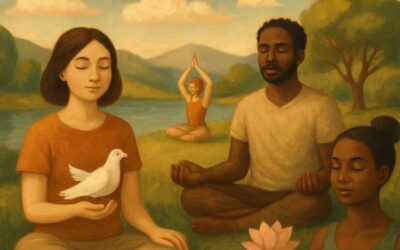
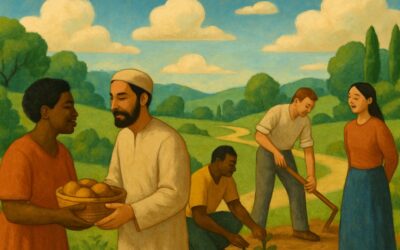
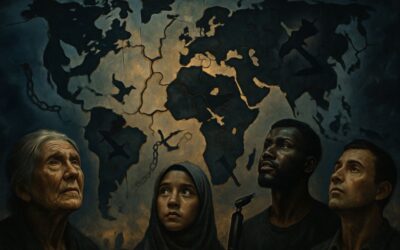
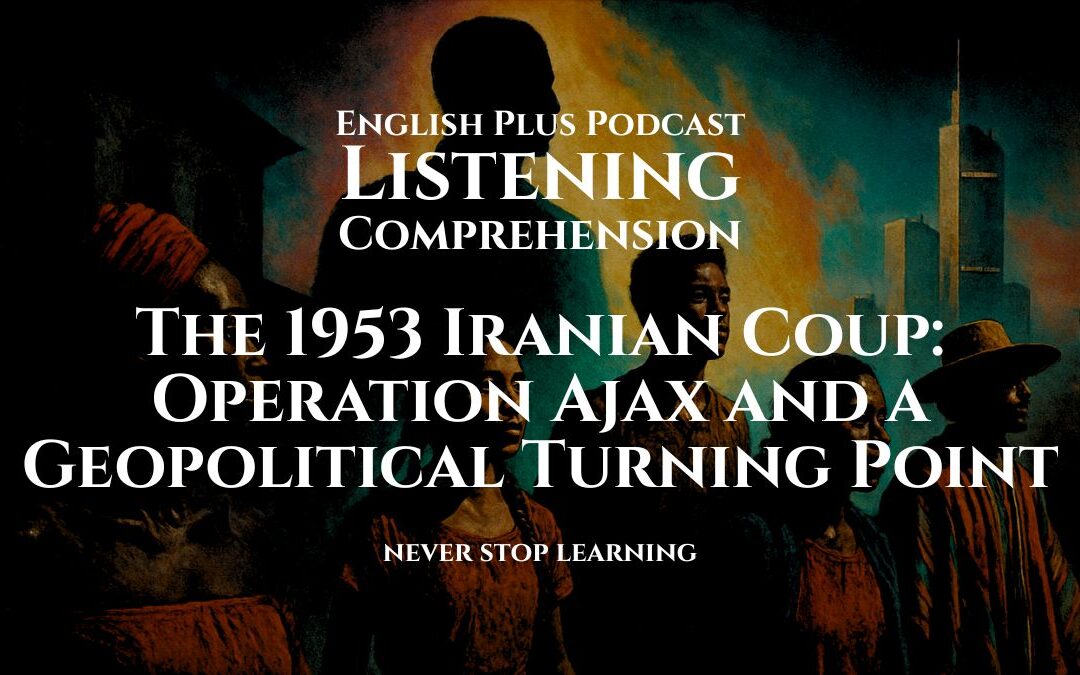


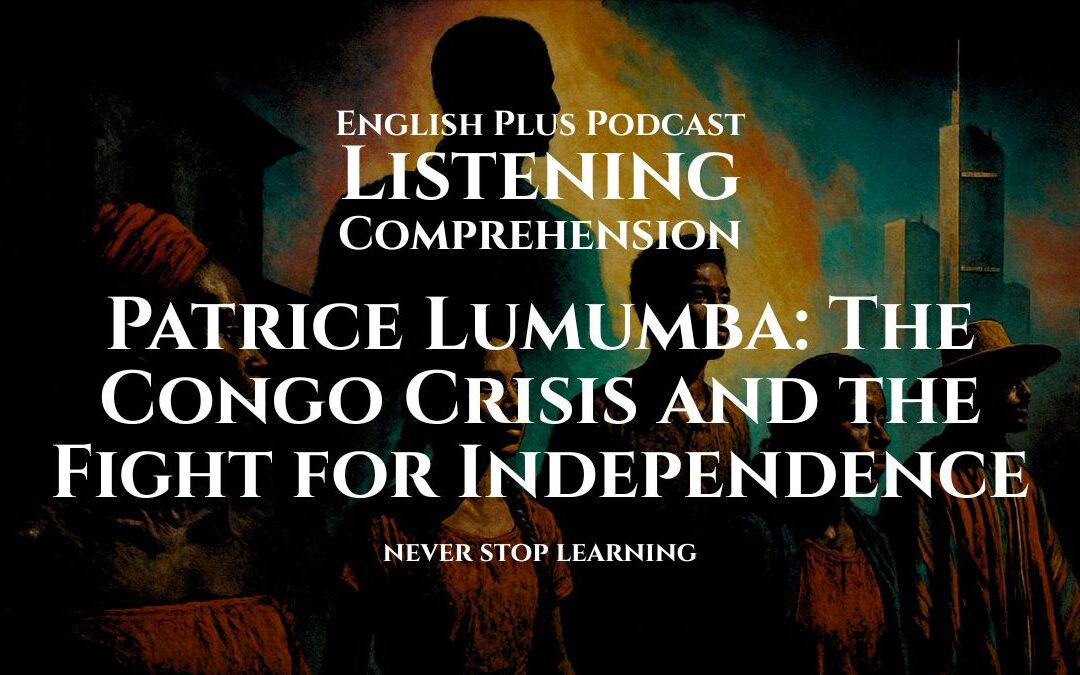

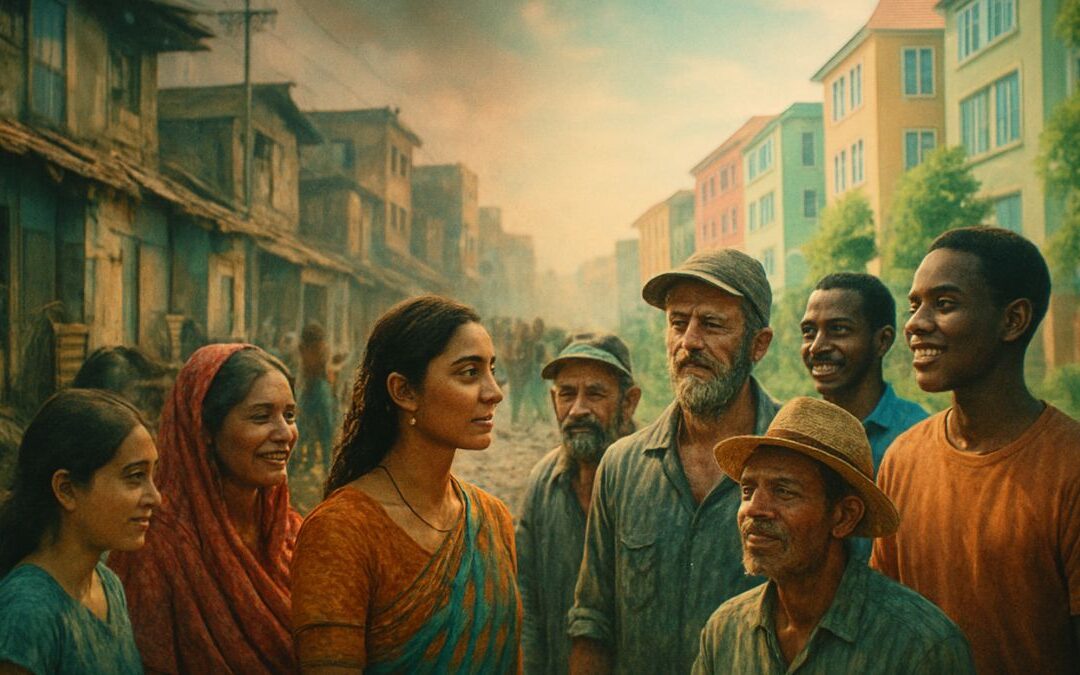
0 Comments
Trackbacks/Pingbacks